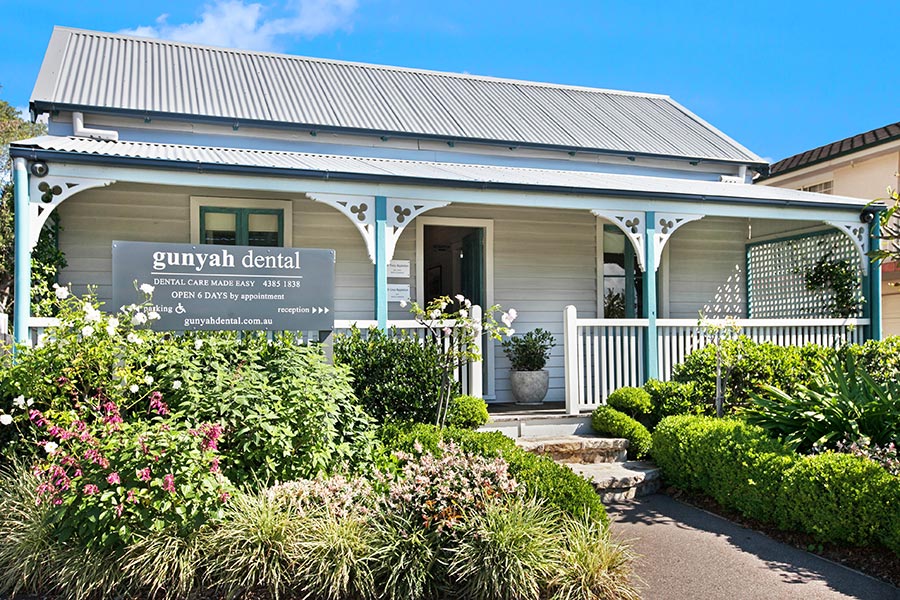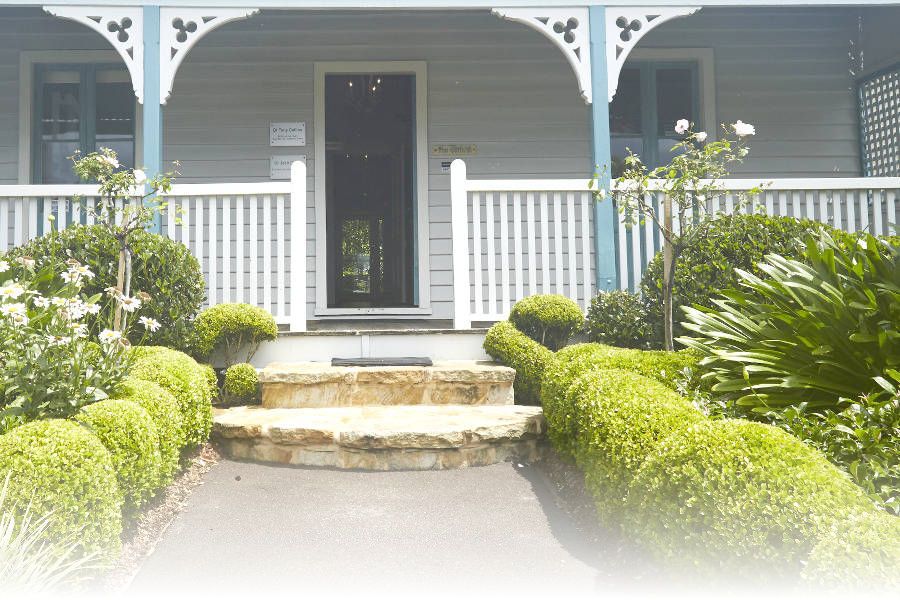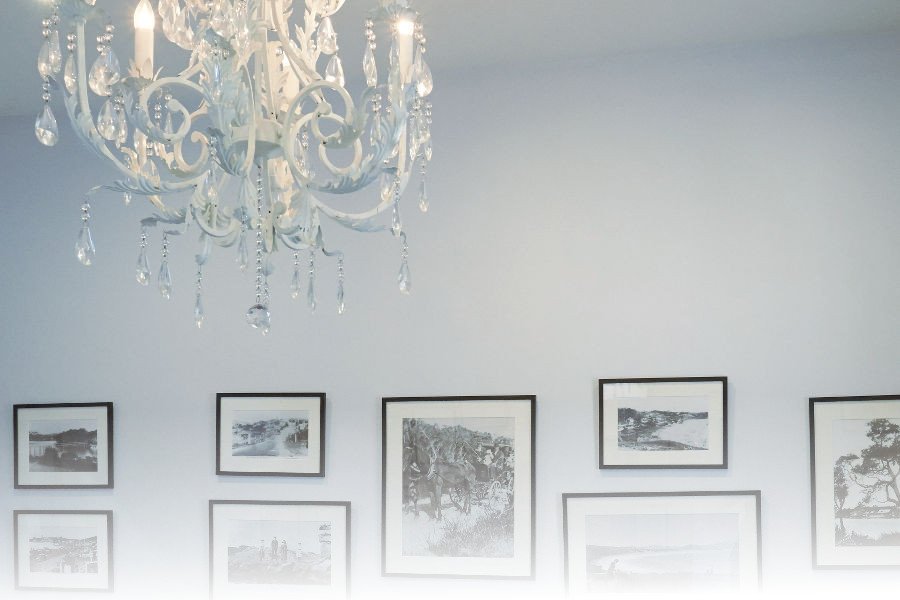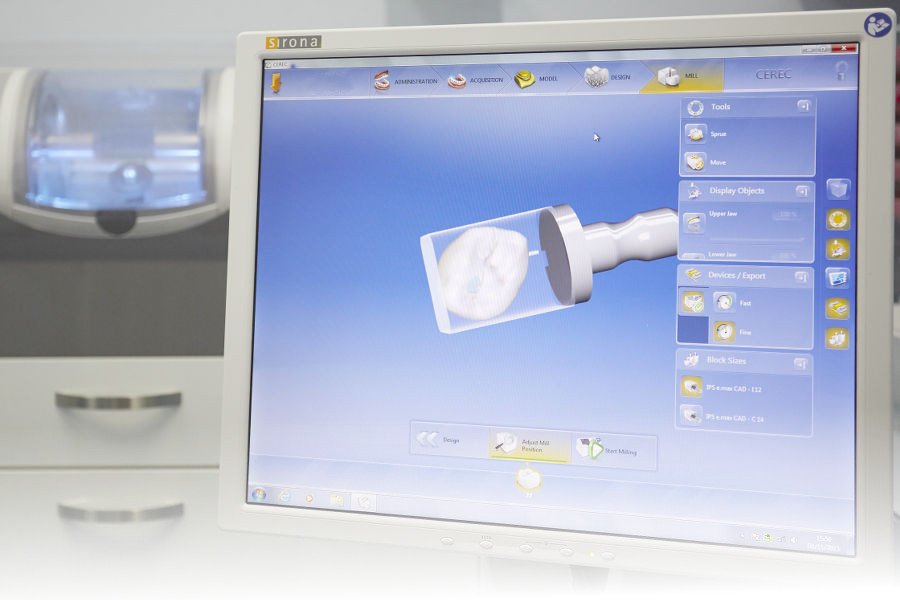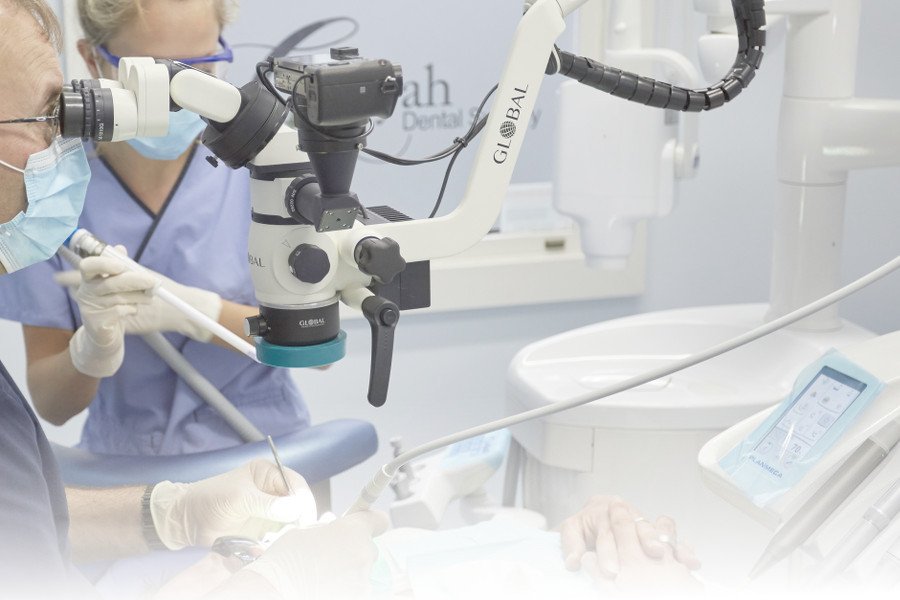Cerec single visit dentistry

What is CEREC?
CEREC is a method of CAD/CAM dentistry. Using this computer-aided design and computer-aided manufacturing process we are able to construct, produce, and insert individual ceramic restorations such as crowns, onlays and inlays, directly within the practice in a single appointment rather than over the multiple appointments involved in more traditional treatments. We carry out all the steps, from digital impressions and computer-based construction of the restoration to the milling process, in-house at Gunyah Dental using the latest and most advanced CEREC OMNICAM technology.
CAD/CAM has been used in dentistry for a good 30 years now and over 250 scientific studies have confirmed the clinical safety of CEREC tooth restorations – including long-term studies conducted for a period of up to 18 years. Worldwide, more than 30 million tooth restorations have been produced with CEREC.
CEREC is an ongoing success story and we are thrilled to have been part of the CEREC revolution for over 15 years, not only by providing these excellent restorations for our patients but also by teaching and mentoring dentists in the benefits of CADCAM dentistry on both sides of the world.
Why CEREC?
CEREC restorations are healthy, long lasting and convenient!

Cerec restorations being glazed in the furnace
CEREC technology has helped our patients benefit from the principles of biomimetic dentistry. This revolutionary form of restorative dentistry is based on copying or mimicking nature and involves using tooth restorations and techniques that imitate natural teeth, both in appearance and function. Biomimetic Dentistry is the most current, science supported approach to treating weak, fractured, and decayed teeth in a way that keeps them strong and seals them from bacterial invasion. The use of advanced and specialised ceramics, composite materials, dental adhesives and precision CEREC CAD CAM manufacturing techniques has given us the potential to make restored teeth last significantly longer.
A traditional crown requires the removal of up to 75% of tooth structure and is by nature highly destructive. In some cases a large amount of the tooth has already been lost through decay or damage so this is not a concern but by needing to encase the entire tooth, it often means in other cases that large sections of healthy, undamaged tooth are destroyed in order to accommodate these restorations. By contrast using the principles of biomimetic dentistry and CEREC restorations we can keep the preparation of the damaged tooth to just the bare minimum and then fit and securely bond a restoration to the missing part of your tooth, like placing the piece of a jigsaw puzzle into position. This inevitably means that the tooth is healthier, stronger, and lasts longer.
Whilst conventional dentistry has served us well in the past, CEREC technology now offers an extremely attractive alternative to the discerning patient and wherever possible we will design our treatment plans around these principles of minimally invasive and biomimetic dentistry.
Single appointment dental care



Case study showing scan of preparation, CEREC design and finished CEREC crown in place
Thanks to CEREC, we can provide our patients with beautiful, long lasting restorations in only one appointment. Most traditional methods used to manufacture these restorations require more than one visit to the dentist . At the first visit, you get an injection of anaesthesia, your tooth is prepared, an impression is taken, and a temporary restoration is then placed on your tooth. You make a second appointment for a couple of weeks later, get another injection, have the temporary pried off (if it hasn't fallen off already), and have the permanent restoration fitted. Why go to the dentist a second time when you don't have to? With CEREC, the procedure is done in a single appointment, start to finish.
What is CEREC used for?
Inlay and onlay restorations

Case study showing replacement of amagam fillings with CEREC inlays and onlays
Often, patients with amalgam or composite (white) fillings will present with breakdowns and damage to the surrounding tooth structure as recurrent decay has developed around the old filling. CEREC inlay restorations can be used to replace the old filling and stabilise the integrity of the tooth. Inlays can also be used to restore a new cavity within a tooth and are often the restoration of choice. CEREC materials ensure maximum bond strength and enhance appearance and CEREC inlay restorations form a smooth, tooth-coloured and biocompatible alternative to traditional filling materials.
A CEREC onlay is larger than an inlay and is used when one or more cusps of a tooth have become compromised by decay, fracture or weakening old restorations.
Crowns
Crowns, or tooth-shaped caps placed over teeth, restore a heavily damaged tooth to its original shape, strength, size or appearance. CEREC crowns preserve as much healthy tooth structure as possible while restoring your natural smile. Once the tooth has been prepared it is scanned to produce a virtual model on which the new restoration is designed. The precision of the CEREC digital images is more accurate than any traditional impressions or models taken in-surgery, and then sent to a lab, and this enables us to control the shape, contour and fit of these restorations to produce beautiful strong durable metal free crowns. The biocompatible materials used are the most similar to your own enamel as far as wear, aesthetics, and flexibility.

Temporary bridges
CEREC CAD/CAM technology can be used to create long-term temporary bridges providing a wear period of max 12 months. These bridges are created in one visit, giving a highly aesthetic and superior result to the more traditional temporary bridges.
Multiple restorations
In the past, patients with multiple failed restorations typically required several appointments to achieve a full restoration. With CEREC, however, multiple inlays and onlays can be fabricated, bonded, polished and installed at once. CEREC technology completes the multiple restorations in one visit, resulting in a beautiful smile in a fraction of the time.

Veneers
Veneers, or thin laminates of tooth-coloured porcelain, are bonded to the front of teeth, covering the front surface and resulting in an improved appearance. The veneers produced by CEREC are custom-designed for each tooth and can be designed to change the tooth colour, shape, size, or length. In the case shown a fractured central incisor was repaired with CEREC using a thin veneer of ceramic so as to preserve as much tooth substance as possible.
Dental implants
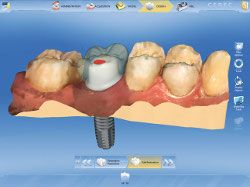
We can combine the advanced abilities of CEREC CAD/CAM technology with 3D X-ray data in order to coordinate and achieve excellent prosthetic and surgical implant planning. Based on this so-called integrated implantology, we are able to produce the drilling guide templates required to reliably position and place the implant in the mouth and achieve the intended treatment results.
What are the benefits of CEREC?
- The ease and convenience of a single appointment. No need to wear a plastic temporary tooth for 2 weeks and no need to return for a fitting
- With no messy impressions and temporaries to construct the whole procedure is faster and more comfortable
- Accurate fit. Because the impression is digital, there is no distortion inherent in traditional impression methods
- Dentist-designed from start to finish. By the professional in the best position to assess your bite, speech, cosmetic and functional requirements
- The Adhesive Bonding used in cementing the restoration results in long term stability and strength
- Cost effective. Using minimally invasive restorations means less risk of future complications like tooth fracture, root canal therapy and tooth loss with the associated costs
- Aesthetics. As there is no metal, the ceramic has a beautiful, realistic colour and blends in seamlessly with the remaining tooth, eliminating the black line join problem often seen with traditional metal-based porcelain crowns
- Healthy gums. Gum tissue is a lot happier around porcelain than metal, and with routine oral hygiene looks pink, firm and healthy, and attractive
- Biomimetic. The physical, chemical and cosmetic properties of cerec ceramics are the closest to natural tooth. They are not over-hard and inflexible like porcelain fused to metal crowns, so are less likely to cause wear and fracture to opposing teeth and fillings
The Cerec procedure – perfect teeth in 5 easy steps
- We will assess the damage to your tooth and discuss the best restoration option available. We believe strongly in maintaining as much healthy tooth substance as possible and the superior design and fit afforded to us by CEREC technology means that in many cases we do not have to remove anything other than the decayed or damaged part of your tooth before providing a beautiful ceramic repair. Traditional crowns tend to require more substantial preparation to secure a good fit.
- After removing the decayed tissue or defective old filling we create a 3D image of the tooth with the aid of the CEREC Omnicam, an advanced scanning camera. This eliminates the need for the traditional unpleasant silicone impressions.
- The restoration is designed on the monitor of the CEREC acquisition unit. This is when the powerful CEREC software works alongside the skills and experience of Dr Appleton to create a perfectly fitting and functioning restoration with the aesthetics to match.
- The CEREC milling unit machines the restoration out of a ceramic block. We stock a wide variety of blocks, in a full range of tooth colours and made from the latest range of metal-free, biocompatible materials. Dr Appleton will select the right block for your individual case. Once the restoration has been milled it may require ‘staining and glazing’ in our furnace to personalize the restoration further.
- The milled restoration is then ready to be placed and bonded directly to your tooth. This eliminates the need for temporary fillings and crowns and means that you only need one appointment to secure your new tooth!
Cerec Costs
Due to the high cost of the advanced CAD/CAM technology many practices reserve CEREC for the provision of large restorations, crowns and veneers, charging the same set fee for all procedures. We believe passionately in the principles behind minimally invasive and biomimetic dentistry and want our patients to have access to the best restorations possible for even the more routine of fillings.
Once a tooth has been restored with CEREC we find that filling repairs, replacement and root canal treatment are far less likely in the future than with traditional filling materials.
Our vast experience with CEREC means that we are very efficient at creating and placing these restorations and are in an excellent position to be able to offer a range of CEREC options and fees, with restorations costing from $795 for a simple inlay to $1850 for the most complex crown or veneer. We also offer a 10% discount for each additional CEREC restoration provided during the same appointment.
Our CEREC restorations are covered by a 5 Year Gunyah Guarantee

